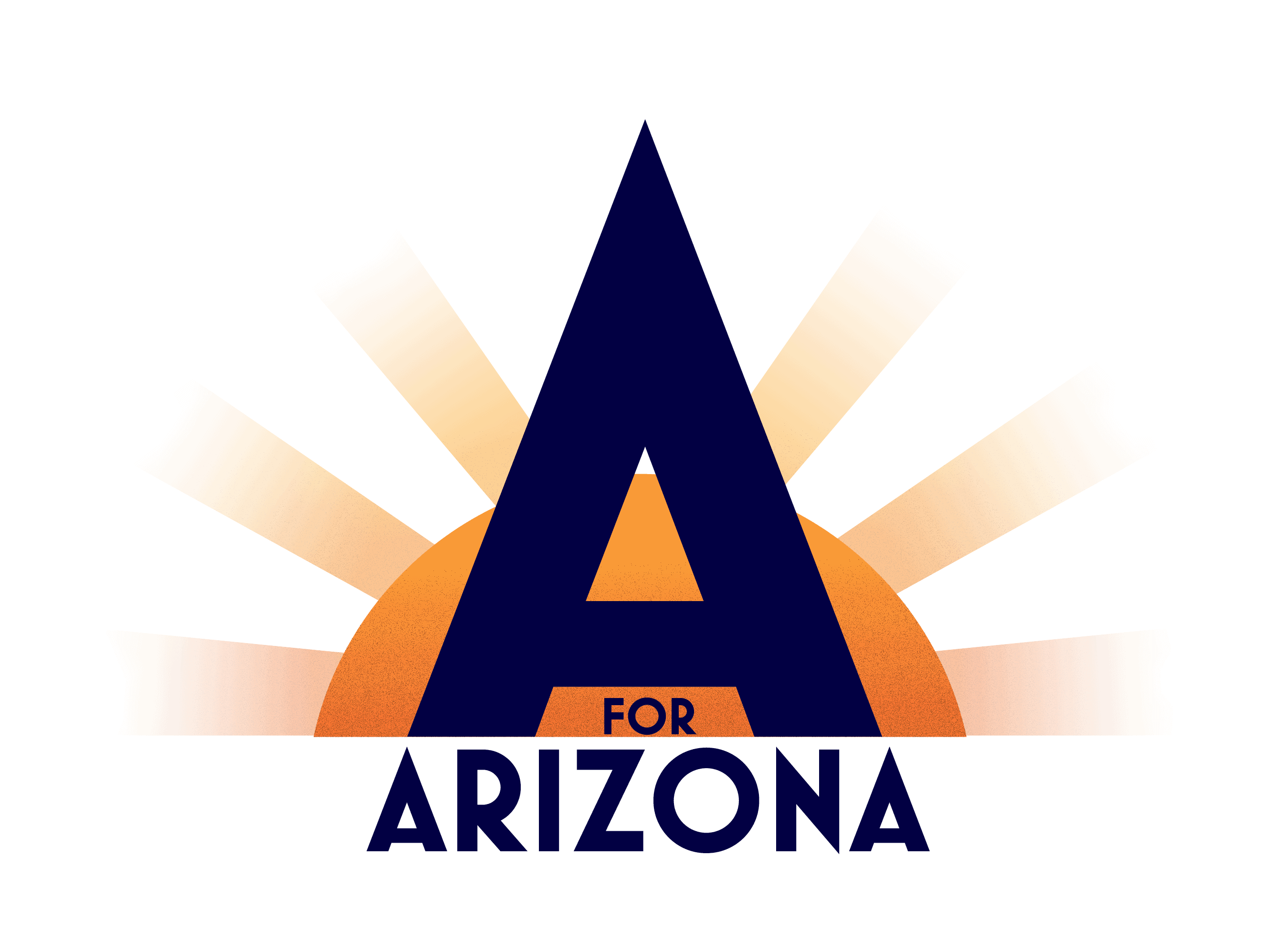Arizona is on the rise when it comes to education. We’re beginning to enjoy a national reputation for achievement gains, and now is the time to lean into this trajectory by being bold as we set expectations for our schools.
In the past, a “C” letter grade has been the acceptable base expectation for school performance. As a “C” leader, you receive the same funding as a “B” or “A” school. “C” charter schools are at minimal risk of being closed by the State Board for Charter Schools, and district schools do not face any risk of a takeover by the state. Average academic outcomes also will not prohibit any bonds or override dollars for district schools.
Under this scenario, today 498 public schools in Arizona operate at this minimal “C” level. When you add in the current 123 “D” and 52 “F” schools still in operation, this total rises to 673 Arizona public schools. When there are only 2,015 schools in the whole state, our K-12 students have a 1 in 3 chance of receiving a sub-par or failing education. History suggests that if what we expect is minimal, many of our students will continue to receive the same mediocre education (or worse).
Instead of signaling to thousands of current students and future generations that as a state and community, we think a basic education is acceptable, what if we operate from the mindset that we expect all schools to earn and keep an “A”-grade? Or, if we lead from the mentality that all students are capable of reaching and exceeding proficiency levels?
This is far from impossible to achieve. In fact, we have excellent school models all over Arizona providing proof points for us to learn from and study.
Principals at Phoenix Union Bioscience High School, Francisco Vasquez De Coronado Elementary School in Nogales Unified, Adventure School, Sunset School in Cartwright Elementary, and Academies of Math and Science in Tucson are model examples of what results when staff, principals, parents, and students make a commitment to achieve. These schools represent magnet, traditional district, and charter models, in diverse regions and counties of the state, and all serve over 60 percent Free and Reduced Lunch student populations. Yet every site vastly exceeded the state average on AzMERIT in 2016 by upwards of two times the passing rate in English Language Arts or Math, regardless of zip code, poverty challenges, or regional barriers.
These are a few examples of how rich Arizona is with thriving schools in the most unlikely places – from Ajo to Bullhead City, Congress to Gadsden– where leaders, community members, and elected officials have banded together and said anything less than an ‘A’ is unacceptable and they are willing to do what it takes to keep expectations high for all.
These academic gains and community commitments mean that more students are equipped with the skills they need to choose their future and succeed.
At the end of the day, we have an obligation to Arizona’s students, current and future, and to our state, to demand more and keep expectations high at every level – not just in the classroom or at the school site.
Statewide policy matters. So does the message it sends to everyone impacted by our state education system. What if by setting high expectations and maintaining a firm belief that ALL of Arizona’s students can achieve, even more of our schools, communities, and leaders rise to the occasion?

